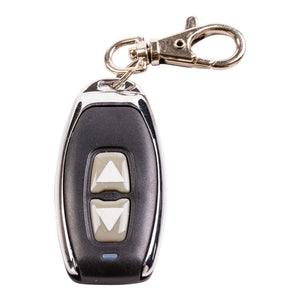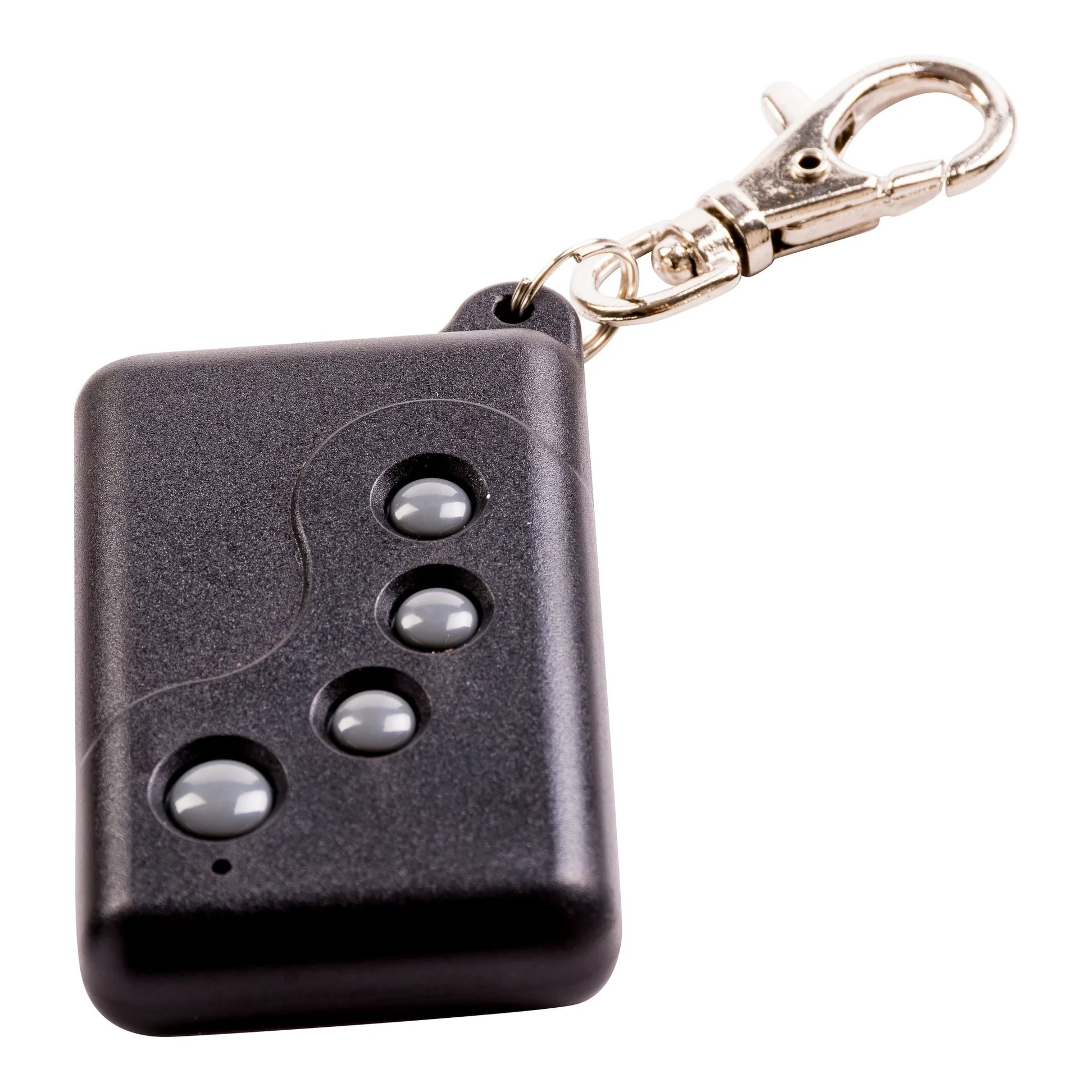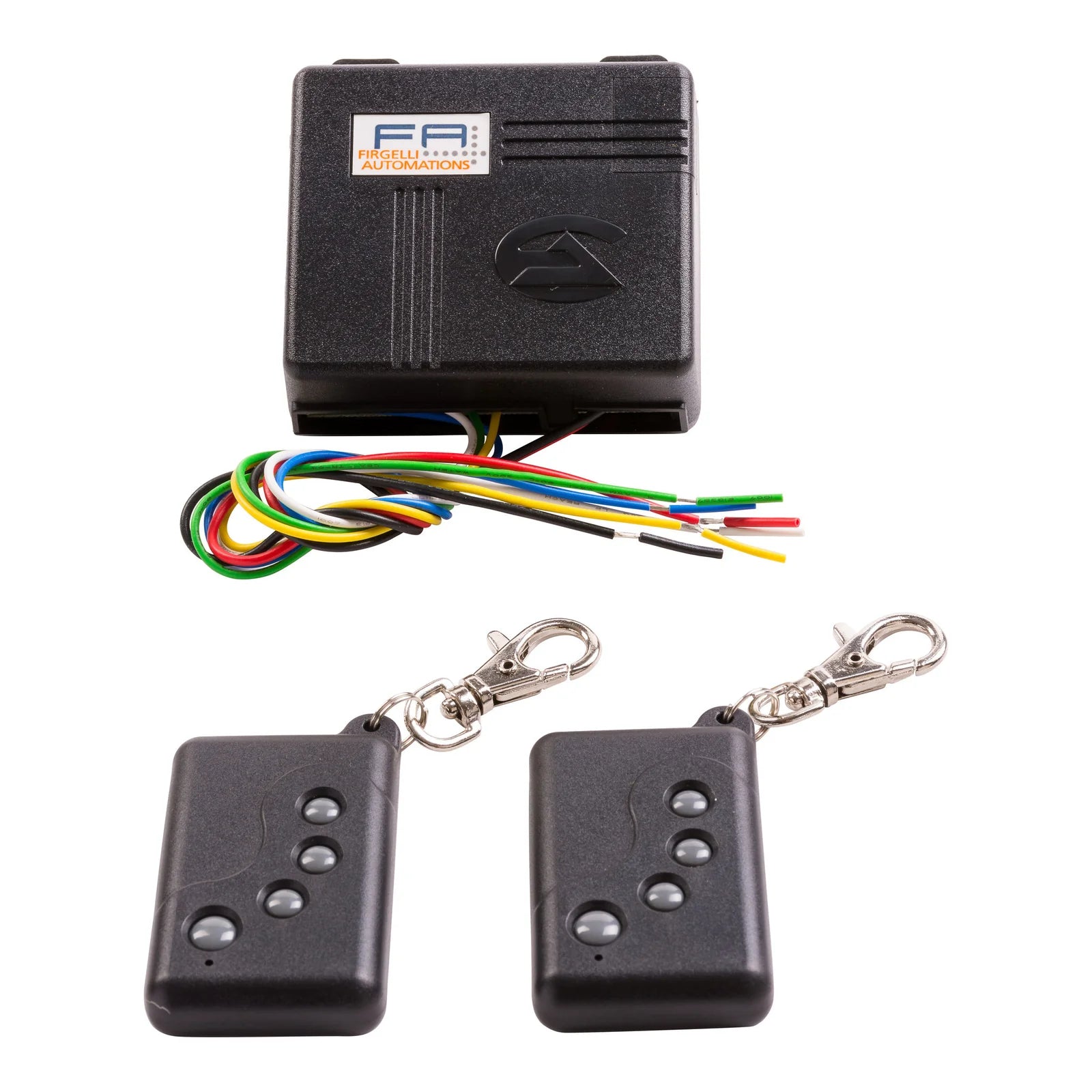
Make it Wireless
We carry a variety of multiple channel remote control systems to control your remote control linear actuator. Integrate a remote control actuator into your system with any of our electric linear actuators to build a completely wireless solution for your linear motion project.
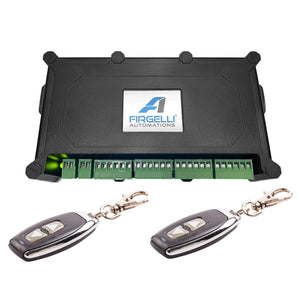
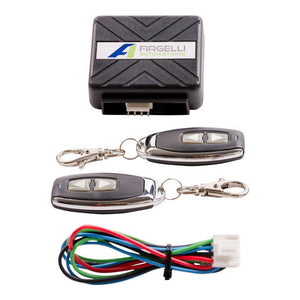
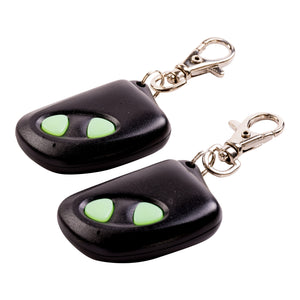
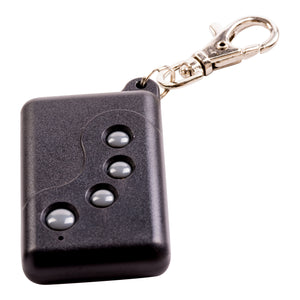
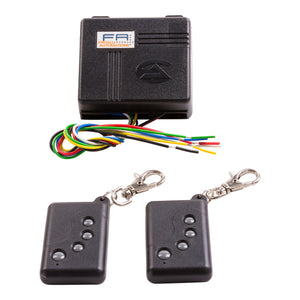
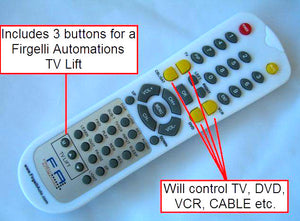
Top Blog Posts for Linear Actuator Remotes
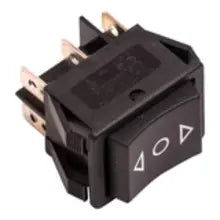
Match Your Needs, Master Control: This guide dives into different wiring options for your switch, customizing it for your specific linear actuator setup. A handy...
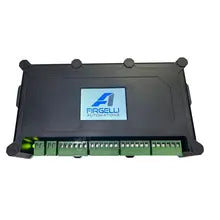
Unleash Synchronized Motion: Introducing the FCB-1 Control Board. Master the control of multiple linear actuators simultaneously with our feature-packed FCB-1 control board. Dive into its...
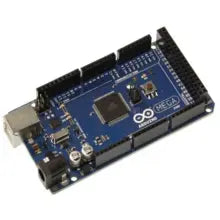
Unlock Advanced Control: While Arduino and linear actuators are a powerful pairing, a little prep work unlocks their full potential! This guide walks you through...
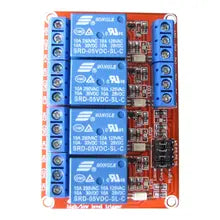
Control Made Easy: This guide unlocks the surprising power of relays for linear actuators. Explore a world of automation possibilities with these readily available components!...
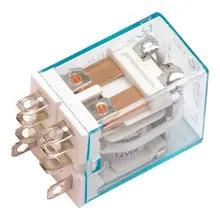
Mastering Reverse Polarity for Linear Actuator Control. This guide dives into the fundamentals of reverse polarity and explores how it flips the direction of your...
